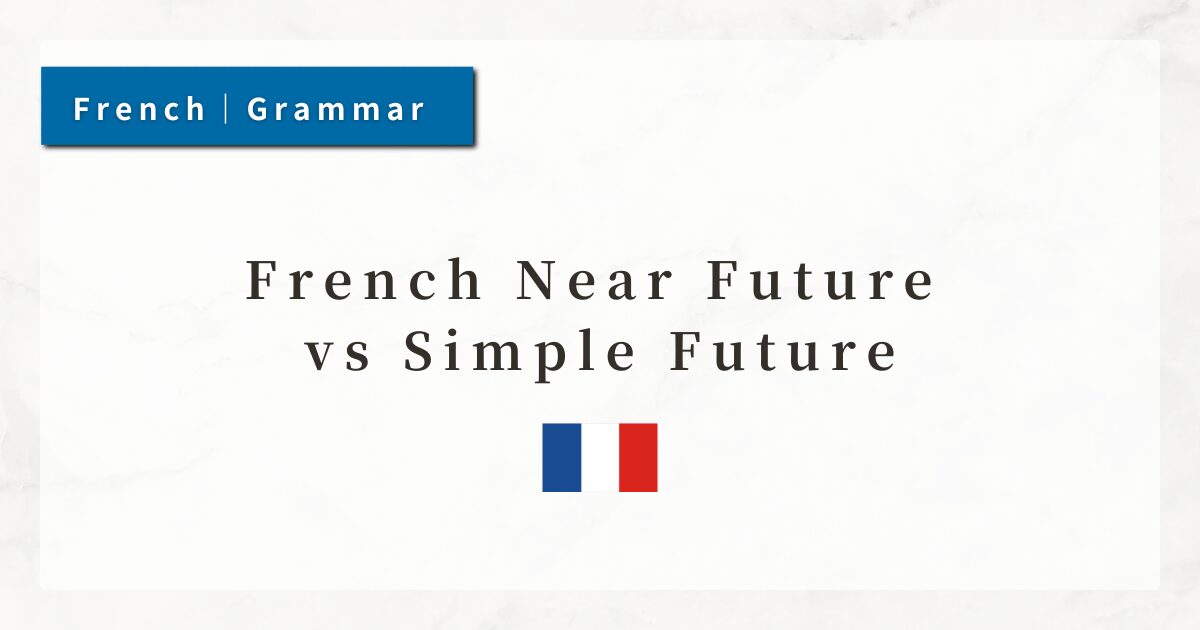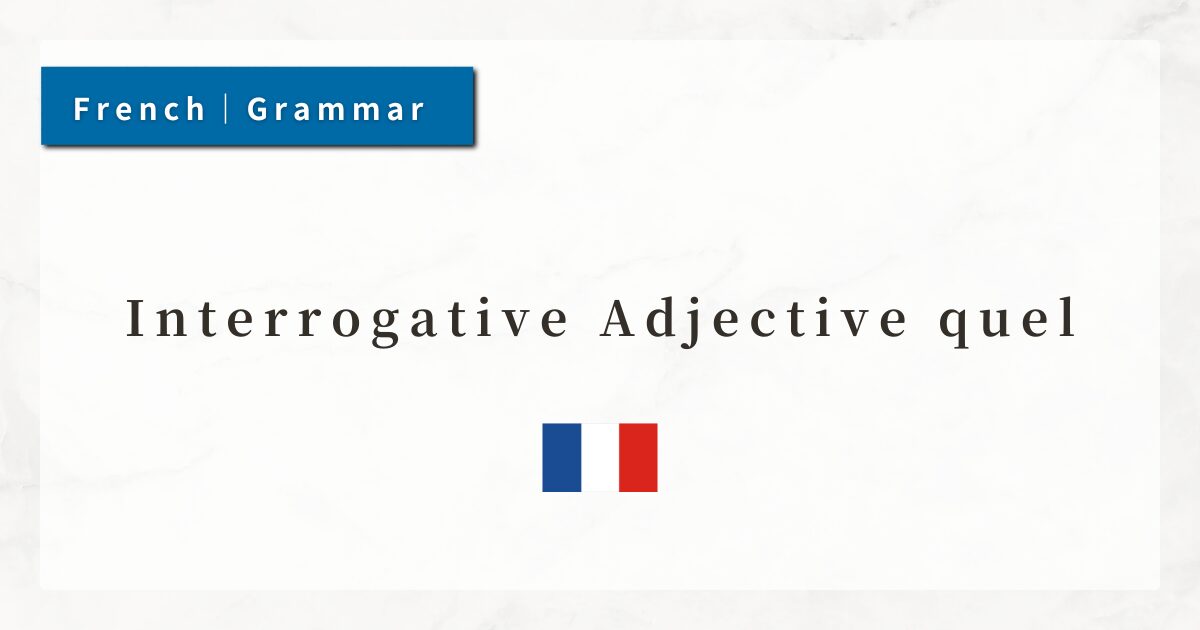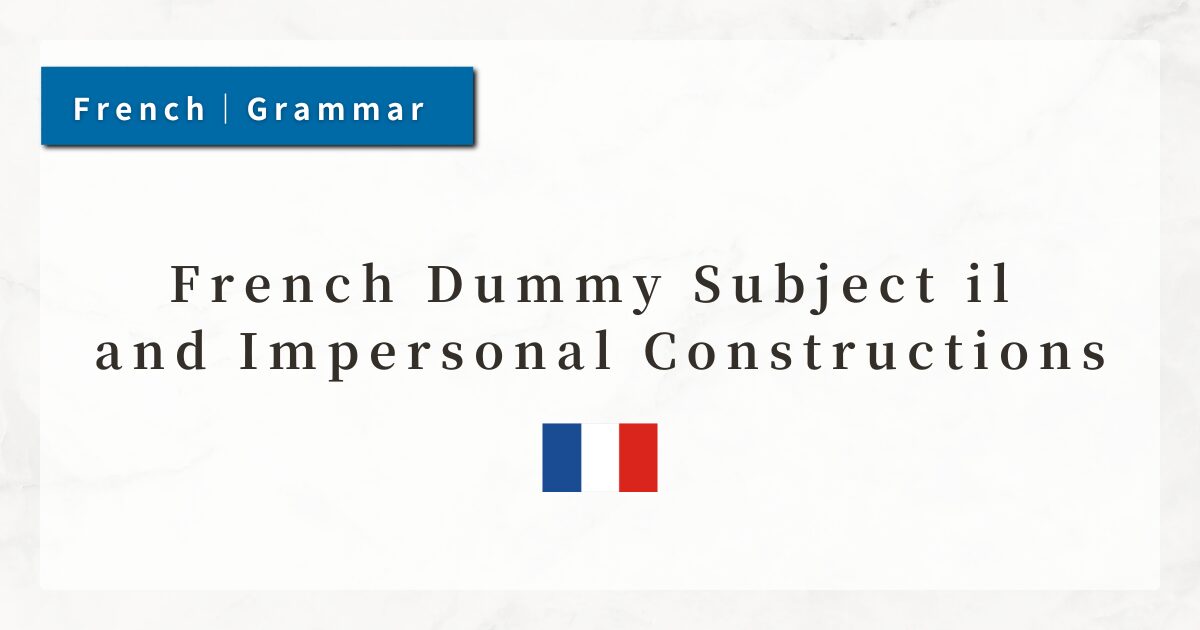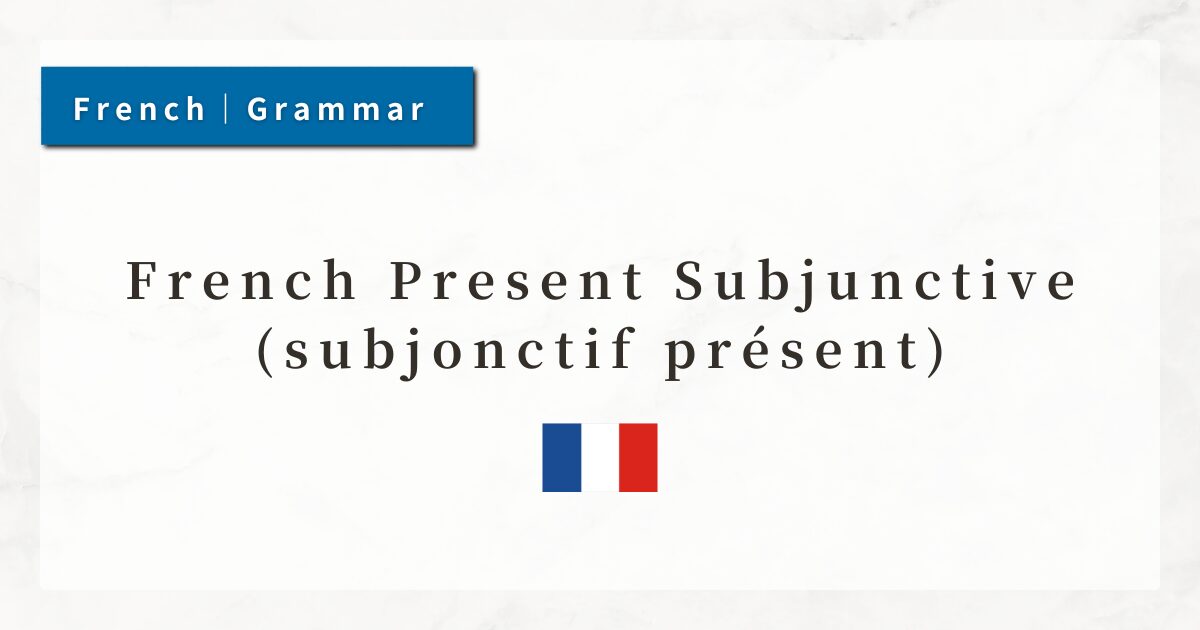#77 French Passive Voice Variations | Different Constructions Explained
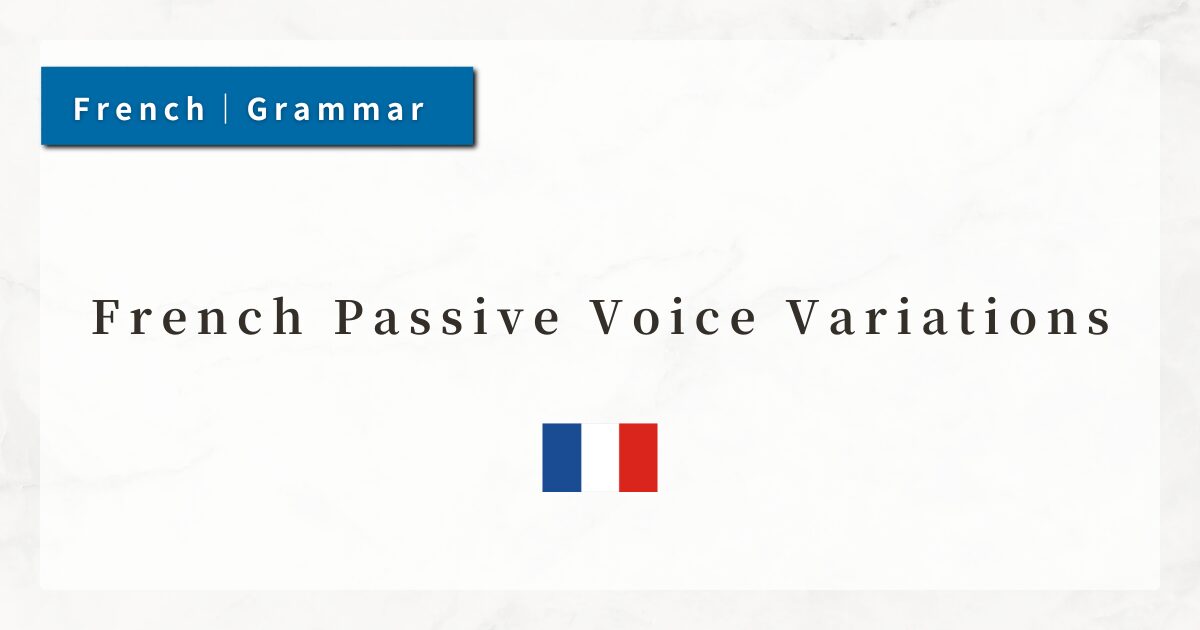
The basic form of the French passive voice is constructed with “être + past participle”. However, in both written texts and spoken French, there are several other ways to express the meaning of “to be + past participle.”
Depending on nuance and stylistic preference, French often employs a variety of alternative expressions to indicate passive meaning.
In this lesson, I will explain the standard passive form as well as the main variations used in everyday French.
1. The Basic Passive Voice (être + past participle)
The most standard form of the passive voice in French is “être + past participle”, which is very similar to the English passive voice (be + past participle).
Unlike English, however, the French past participle must agree in gender and number with the subject.
- Le livre est lu par Marie.
(The book is read by Marie.) - La maison a été construite par un architecte célèbre.
(The house was built by a famous architect.)
This construction is common in formal or written French, but in spoken language it may sound somewhat stiff.
For that reason, conversational French often prefers alternative ways of expressing passive meaning.
2. Using Pronominal Verbs
In French, pronominal verbs (se + verb) are often used to convey passive meaning, especially when the subject is an object or thing.
- Cela se voit facilement.
(This can be easily seen. / It is easily noticeable.) - Cette porte se ferme automatiquement.
(This door closes automatically.)
This construction sounds more natural and closer to an active voice, so it is widely preferred in everyday speech and writing.
3. Using the Indefinite Pronoun on
French frequently employs the indefinite pronoun on (one / they / people) as an alternative to the passive voice.
By introducing an unspecified subject, the sentence conveys a passive meaning.
- On parle français dans ce pays.
(French is spoken in this country.) - On m’a invité à la fête.
(I was invited to the party.)
This structure often corresponds to English expressions such as “People say 〜” or “They invited me 〜”.
4. se faire + infinitive (to be made/caused to)
The structure “se faire + infinitive” expresses the idea of “to be made to …” or “to get … done.”
Depending on the context, it can indicate either a request or an involuntary, often negative, experience (to be subjected to …).
- Elle s’est fait couper les cheveux.
(She had her hair cut.) - Il s’est fait voler son portefeuille.
(He had his wallet stolen.) - Elle s’est fait licencier par son patron.
(She was fired by her boss.)
Compared with the simple passive (être + past participle), this form conveys more nuance, often with emotional undertones.
5. se laisser + infinitive (to allow oneself to / to end up being)
The structure “se laisser + infinitive” expresses the idea of allowing something to happen, or passively being affected by circumstances.
- Il s’est laissé convaincre.
(He allowed himself to be convinced. / He let himself be persuaded.) - Elle s’est laissée emporter par l’émotion.
(She was carried away by emotion.)
This form is useful when describing passive attitudes or yielding to external influence.
6. Summary
- The basic passive voice in French is “être + past participle”, though it is often avoided in spoken language.
- Pronominal verbs (se + verb)
→ natural, objective expressions. - on + verb
→ colloquial and concise. - se faire + infinitive
→ expresses being subjected to something, or making arrangements. - se laisser + infinitive
→ conveys passivity or being influenced by others.

